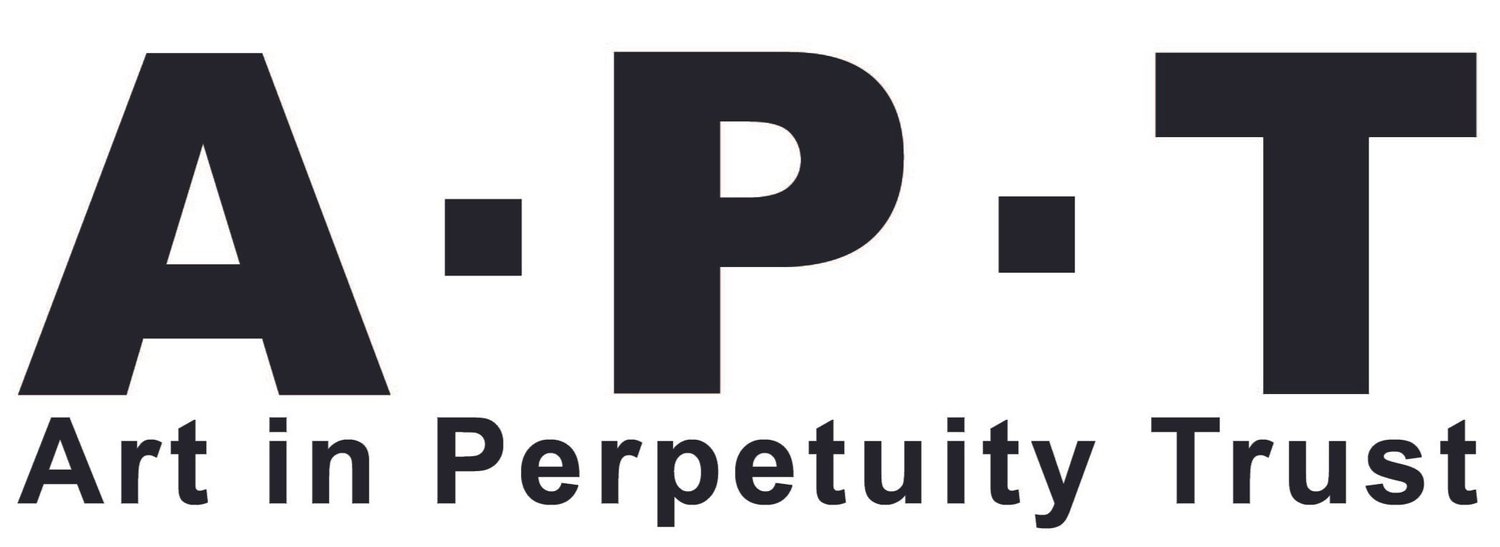Relic
2 - 4 July 2021
12pm to 5 pm, Fri to Sun
Featured artists: Amba Sayal-Bennett, Anna Hillbom, Emma Papworth, James Lomax, Rafal Zajko, Tim Ellis.
Relic
RELIC presents a group of artists working predominantly in sculpture. The work serves as imaginary artifacts, scavenged and excavated from contemporary culture and urban environments. Elements of classical architecture, modern cityscape, geometry and archaeological finds have been reformulated in order to question preconceived ideas relating to architecture, material and the art historic canon.
The work on show references the use of modular form, traced back to industrial production and then repetitious procedures of Modernism. This idea is touched upon in Rosalin d Kraus’ essay Part Object Part Sculpture when she discusses the holistic nature of modern sculpture as being born out of classical archaeology, ‘the unearthing of sculptural fragments of previous whole bodies’
Concrete and artificial building materials have become symbolic of urban life. The materials used present their unyielding surfaces denying their material essence or age which in some ways neglect the dimension of time. It is interesting to consider these in relation to ancient artifacts, made from stone and natural materials that express their age as well as the story of their origins and history of human use.
The exhibition demonstrates multiple directions of sculpture, it imagines the modern artifacts of our times, scavenged and excavated from contemporary culture and urban environments – a reformulation of the discarded remains of our modern culture.
Participating Artists
Tim Ellis
Tim Ellis’s approach to art-making crafts a ubiquitous logic from the haphazard and coincidental. By drawing mental and tactile relations between materials and subtly altering their forms, Ellis highlights a sensitive interlacing between artifice and natural order. In Ellis’s work found objects such as plates, vases, and Christmas tree ornaments are reconfigured to become assemblages of totemic significance. His practice revolves around his idea that “a being has a primeval desire to want to belong to something greater than oneself. This ‘wanting to belong’ manifests itself in both the production and consumption of cultural artefacts. Whether in isolation or as a collection, artefacts are dependent on a creator, mediator and audience.
Rafal Zajko
Rafał Zajko is a multimedia artist working in sculpture, performance, and costume. His recent body of work incorporates wall-‐based concrete and steel panels that often contain free-‐hand embroidery slats. His work deals with themes of monuments, socialist public sculpture and the relationship between the body and technology. Zajko was born in the Polish People's Republic a year before the collapse of the Berlin Wall.
Anna Hillbom
Anna Hillbom's work is driven by the possibility to canalize and re-interpret visual expressions of authority. Canonic gestures from ancient art, archeological founds, greek sculpture and classic architecture, are made abstract into playful, strangely familiar shapes by the means of plaster, ceramic, wood, textile and poetic writing. It is an attempt to decipher authoritarian signifiers, revalue and obscure their hegemonic state and build a tactile relation between the body and the imagination of the past.
Emma Papworth
Emma Papworth enquires in her work how sculpture can invite a sense of bodily projection.
Playing upon the language of architecture and industrial production, her plaster casts and concrete sculptures establish a relationship between the body and simple unitary objects. Series of interacting parts can be seen as performing playfully with one another; propping, leaning, holding on to each other. Whilst the cast usually promises perfect replication, Papworth's work creates a divergence away from the perfect machine made object towards something comical, fragile and human in its inexactness.
Amba Sayal - Bennett
Amba Sayal Bennett's interest in notation has led her to explore how experience can be reduced to basic terms of line, color and shape. Her work tests common conventions of visual communication to probe the relationship between experience and language. Familiar elements from everyday life or her own body of work are rendered through a personal ‘aesthetic’ syntax. Using the logic of this translation she reverses and re-formulates, while applying it to the making of spatial constructions in various found materials, painted MDF, steel, foam, or large scale drawing projected on the wall.
James Lomax
James Lomax (b.1991), studied at the Ruskin School of Drawing and Fine Art, Oxford. In 2014 he was awarded a Sky Arts Academy Scholarship and more recently he has undertaken residencies at The New Art Gallery Walsall (in partnership with Eastside Projects) and Ikon Gallery, Birmingham and has recently exhibited as part of the Coventry Biennial of Contemporary Art and had a solo exhibition at Lily Brooke, London.

